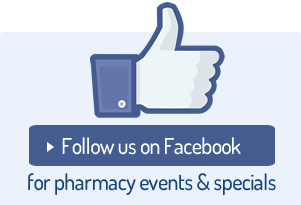Head Lice
As irritating as head lice are, they are essentially harmless and there are now suggestions that they may be of benefit in stimulating some natural immunity against the more dangerous to health, body louse. Head lice feed exclusively on human blood, essentially on the scalp. If you have blood in your scalp, and we all do, then you can catch head lice.
It doesn’t matter how old you are, male or female, at school or not, what your background is or even how clean your hair is. If you have a scalp, then you can catch them. Head lice spread anywhere that people work, play and live together.
The medical term for head lice is “pediculus humanus capitis” literally, lice of human heads. These tiny wingless insects are extremely common and endemic in Australia. They cannot fly or jump but they can crawl and climb and they do so, in approximately 20% of primary school student’s scalps.
The probable reason for this is that young children play much closer to each other than older children or adults and this allows for easier transmission from one child to the next. Before you know it, one child has then infected a whole classroom and those kids then come home and can infect a whole family given the nature of how close family members get to each other.
Identifying Lice
The lice’s favourite hiding places are behind the ears and at the back of the neck and this is the first place to look if you suspect your child might have lice.
The female lice lay their eggs, called nits, close to the scalp where they remain firmly stuck to the base of the hair shaft until they hatch a week or so later. Untreated, the hatched lice can then live their entire life, about a month, on the head of their host.
Although they do not carry disease, head lice can cause severe itching which can lead to scratching and in severe cases, can result in skin infections. As such, head lice should be treated.
Pharmacy assistance with lice
In helping you to check your children and yourself for lice and nits, pop into Noranda Feelgood Pharmacy and we can give you a Self Care Fact Card full of real life good advice, hints and tips for dealing with lice.
If you do identify lice on one of your children or yourself, there are many simple and safe treatments available. They come as shampoos, lotions, cream rinses or conditioners. Some prefer stronger, quicker chemical treatments that may contain pyrethrin or malathion. Others prefer more natural methods that are based on essential oils or may contain tea tree oil. And other prefer to just use constant combing with a special fine tooth comb and conditioners to keep the lice away. The choice is yours.
Our Pharmacists and staff will just empower you with information so that you can choose what is best for you and your family.
Not all itchy scalps are due to lice
Dandruff, psoriasis and seborrhoeic dermatitis can all cause an itchy, flaky scalp and that is why it is so important to come into the Pharmacy and see a Pharmacist so that the correct diagnosis can be made.
Noranda Feelgood Pharmacy – where you don’t need a prescription to see our Pharmacists.

